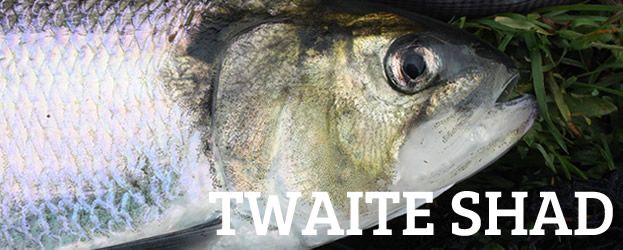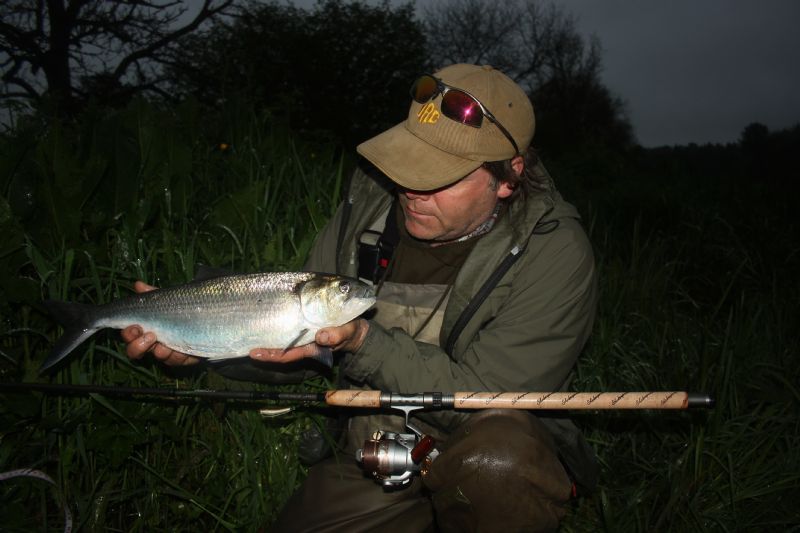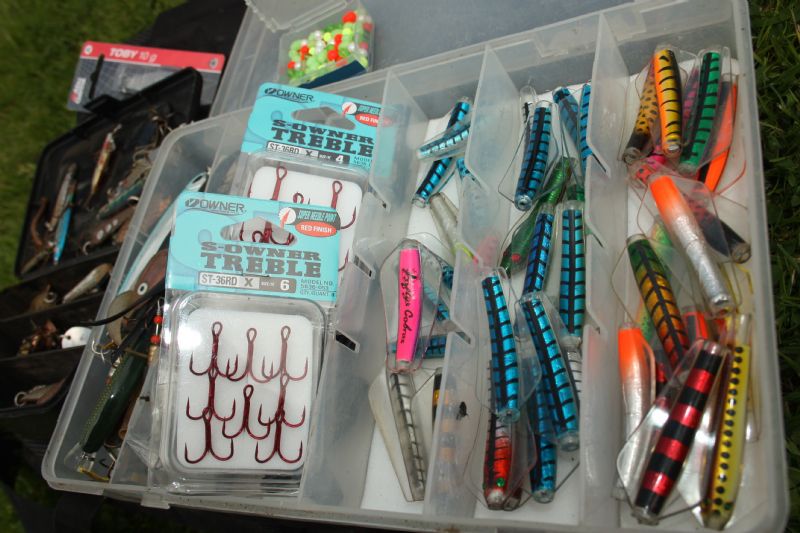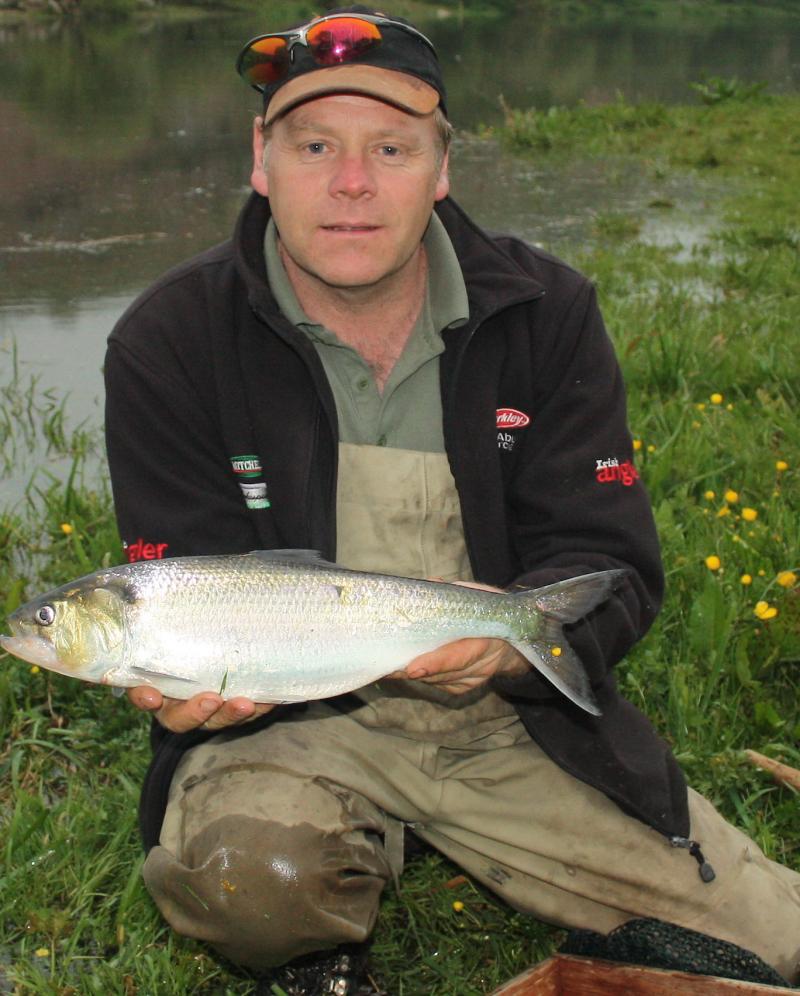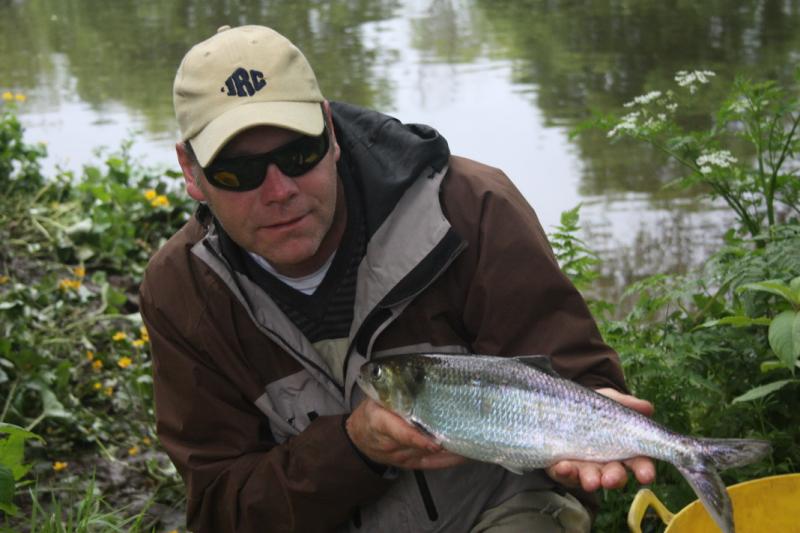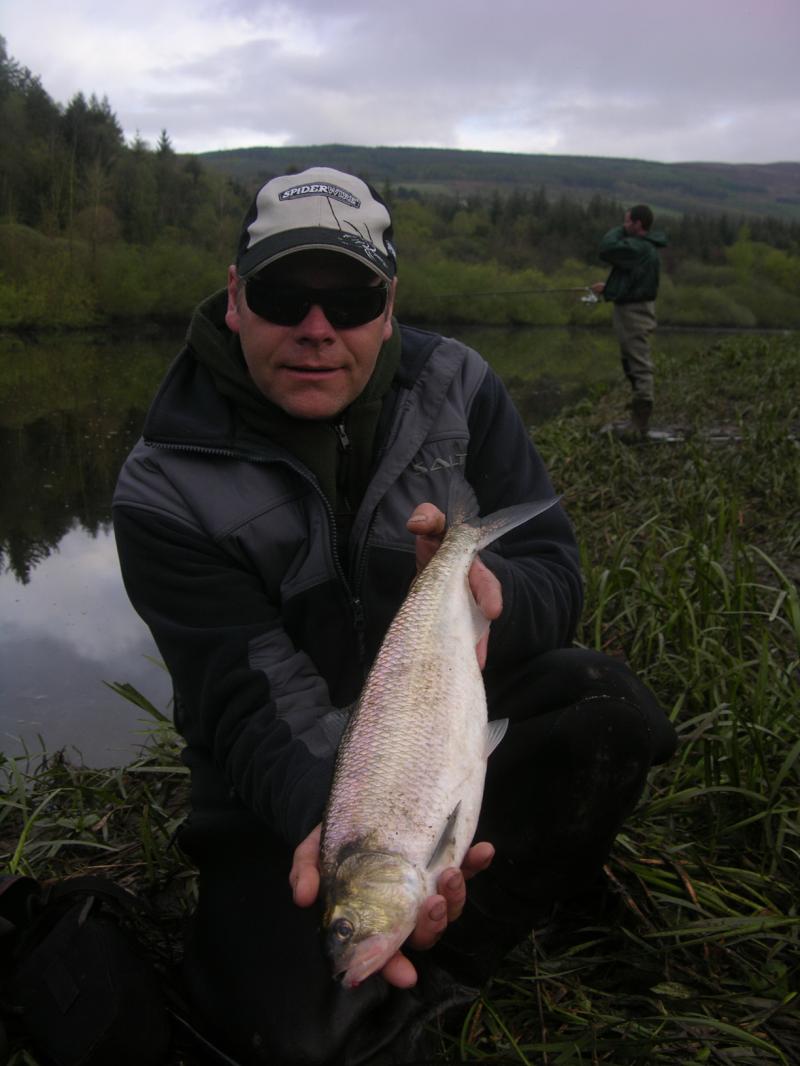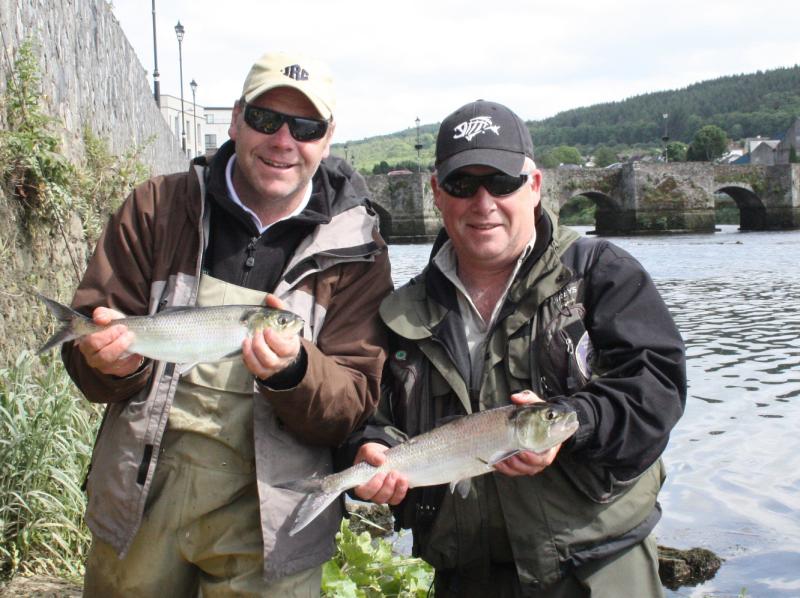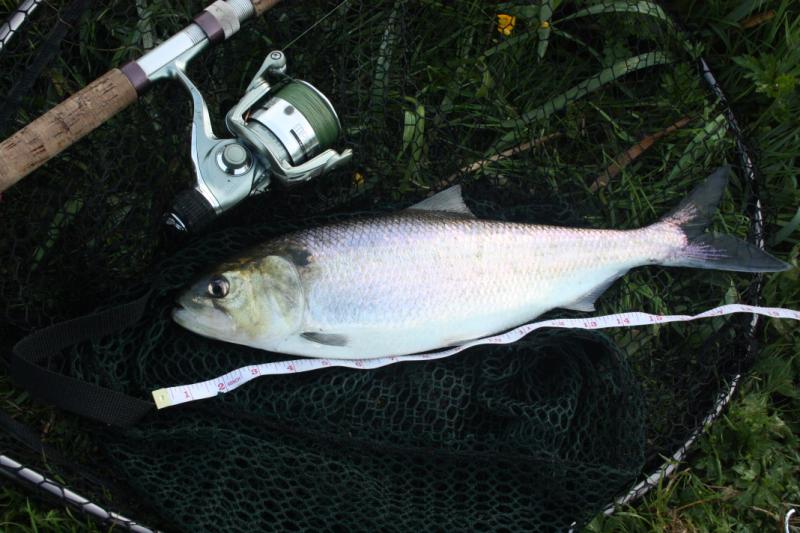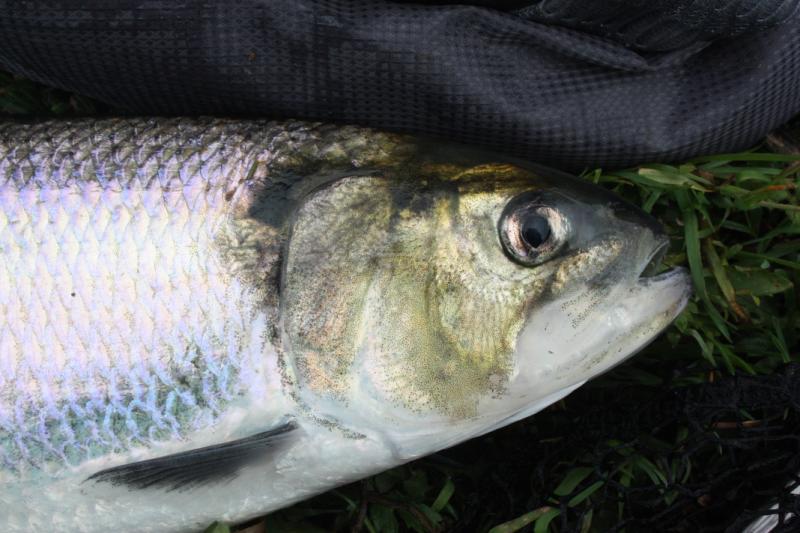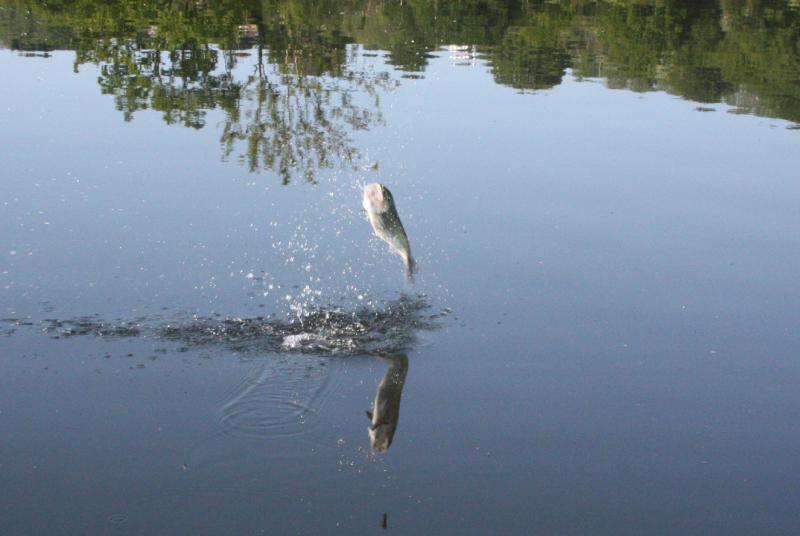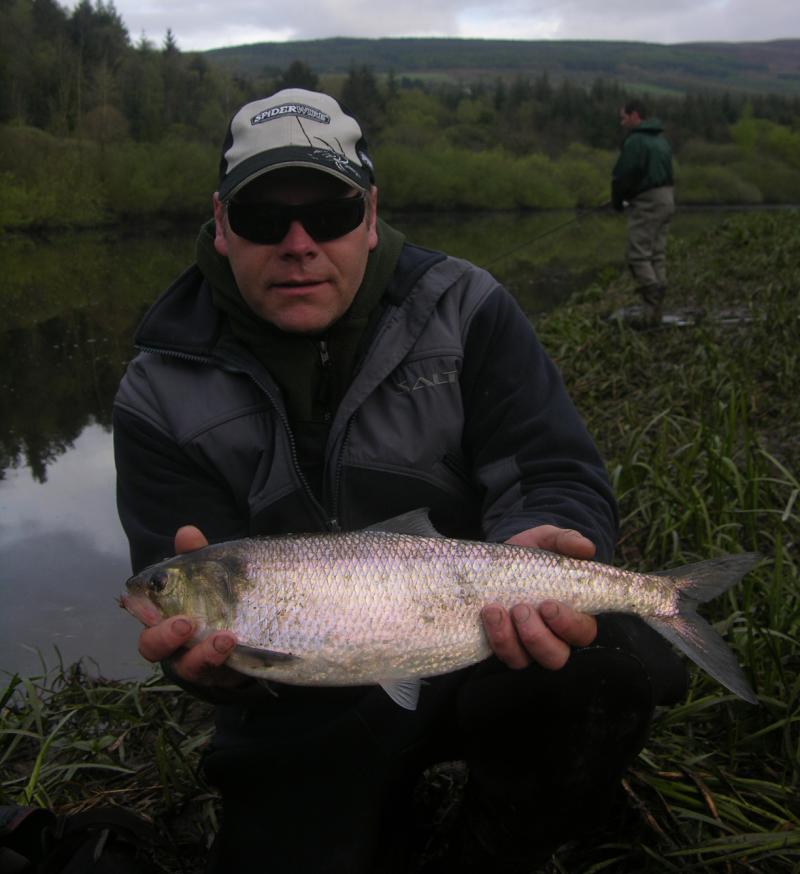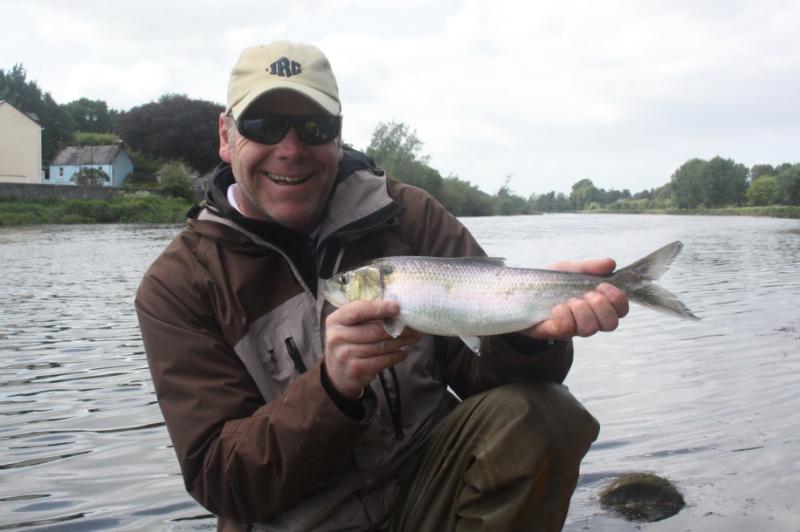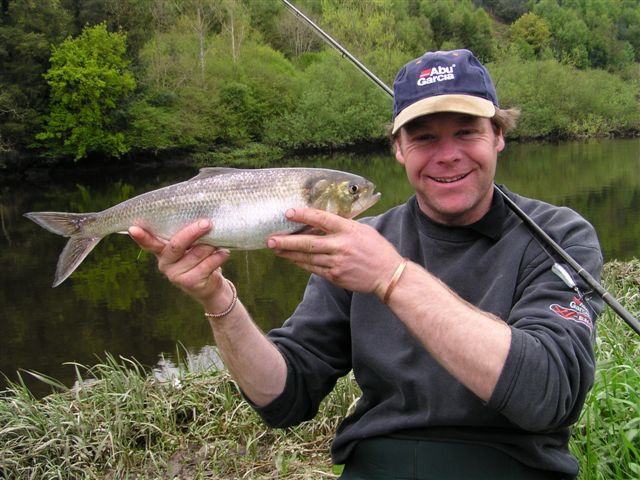Twaite Shad
Twaite shad (Allosa fallax)
Irish Record 1.64 Kilo taken on 15.05.2015 by Thomas Lynch at St.Mullins, County Carlow
Specimen 50 cm total length
Identification
This species is anadromous, which means that it is born in fresh water, spends most of its life at sea, and returns to fresh water to spawn. It has one dorsal, the rear of which is curved, and a short anal fin that finishes close to the deep-forked tail fin. The body is flat or deep with a ridge of spines along the belly. Scales are large, but thin and the body colouration is cream-white on the belly to silver flanks with pearlescent hues and a deep grey-blue back. The gill covers can be gold-bronze almost metallic in appearance. Stunning species!
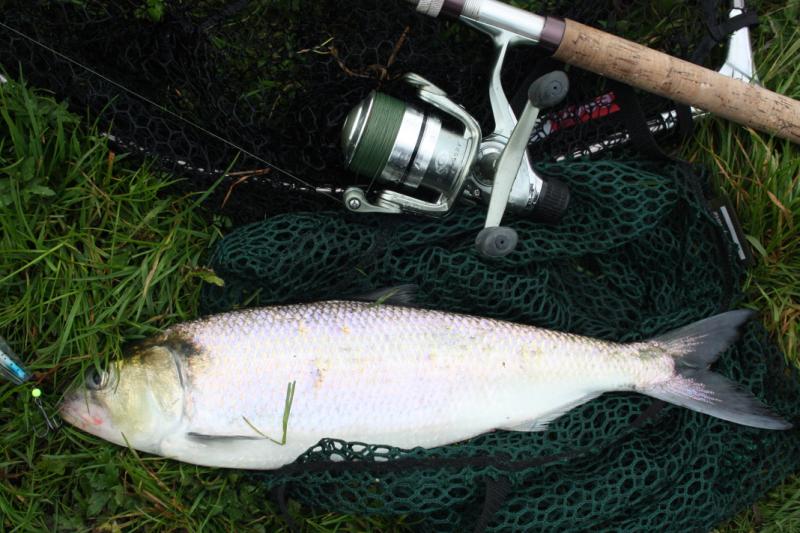
Where to catch
Twaite Shad are extremely limited to a handful of particular rivers in Ireland. Although a salt water species and related to the herring family, Shad, similar to Smelt must travel great distances into the upper reaches and fast-moving shallows of fresh water to spawn. It is at these venues approaching spawning time, usually around May, with a great deal depending on water temperature and spring tides that they fall within reach of the angler.
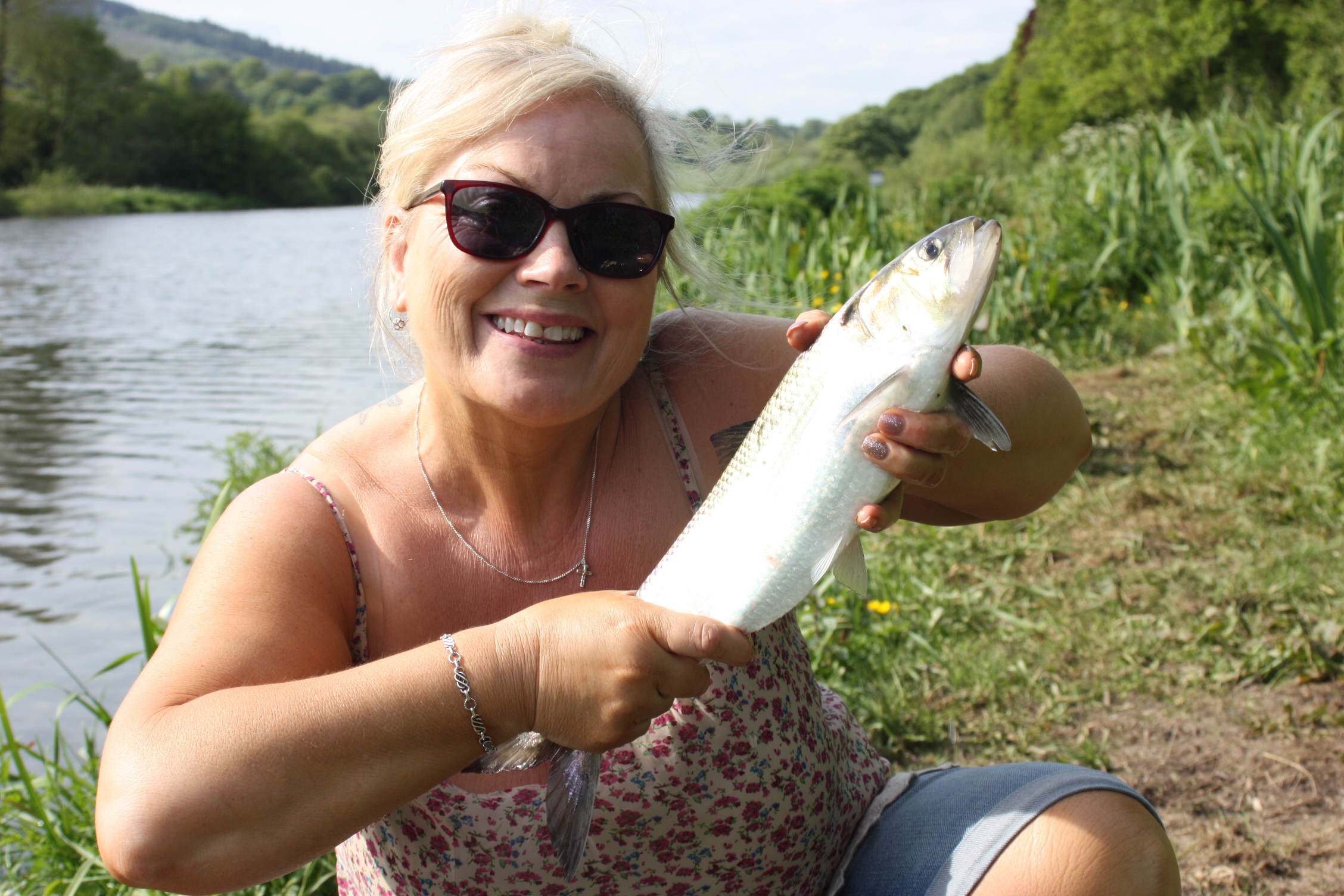
It is common knowledge that the major run of Shad in Ireland occurs on the River Barrow, County Carlow. The fish run approximately fourteen miles upstream, stopping when they reach the weir at the picturesque village of St.Mullins. Shad may be targeted along this stretch, coinciding with a flooding spring tide. This stretch of the river, right up to the weir is tidal. Shad are also known to run the River Nore to spawn, a tributary of the Barrow.
Over the years, I have been fortunate to work with the IFI and help in some way into their research into this little-known salt water species. Consequently, we targeted Shad on rod and line in other river systems and were successful in catching fish up to and over specimen weight in both the Cork Blackwater and the River Suir.
When to catch
As stated previously, and generally speaking, Twaite Shad will run the river systems coinciding with the larger spring tides in or close to the month of May. This depends on several factors, mostly water temperature and tidal activity. On some years, most of the fish have run in April, and in other years the bulk has not arrived until May-June.
Bait
I do not know if Shad attack lures through aggression, similar to Salmon, or through hunger but I suspect that it is the former. Having said that, I have taken Shad on maggots whilst targeting Dace in the same area, so unless the Shad were aggressive to two maggots, I could be wrong! Either way, the best chance of successfully tempting and landing a Shad is on artificial lures, and the top lures used are the Tasmanian Devil or Lofty’s Cobra, and small, metal jig-type lures such as Savage Gear Psycho Sprats and Abu "Fast-Cast". Some fish are also taken on Toby-style lures and Mepps etc.
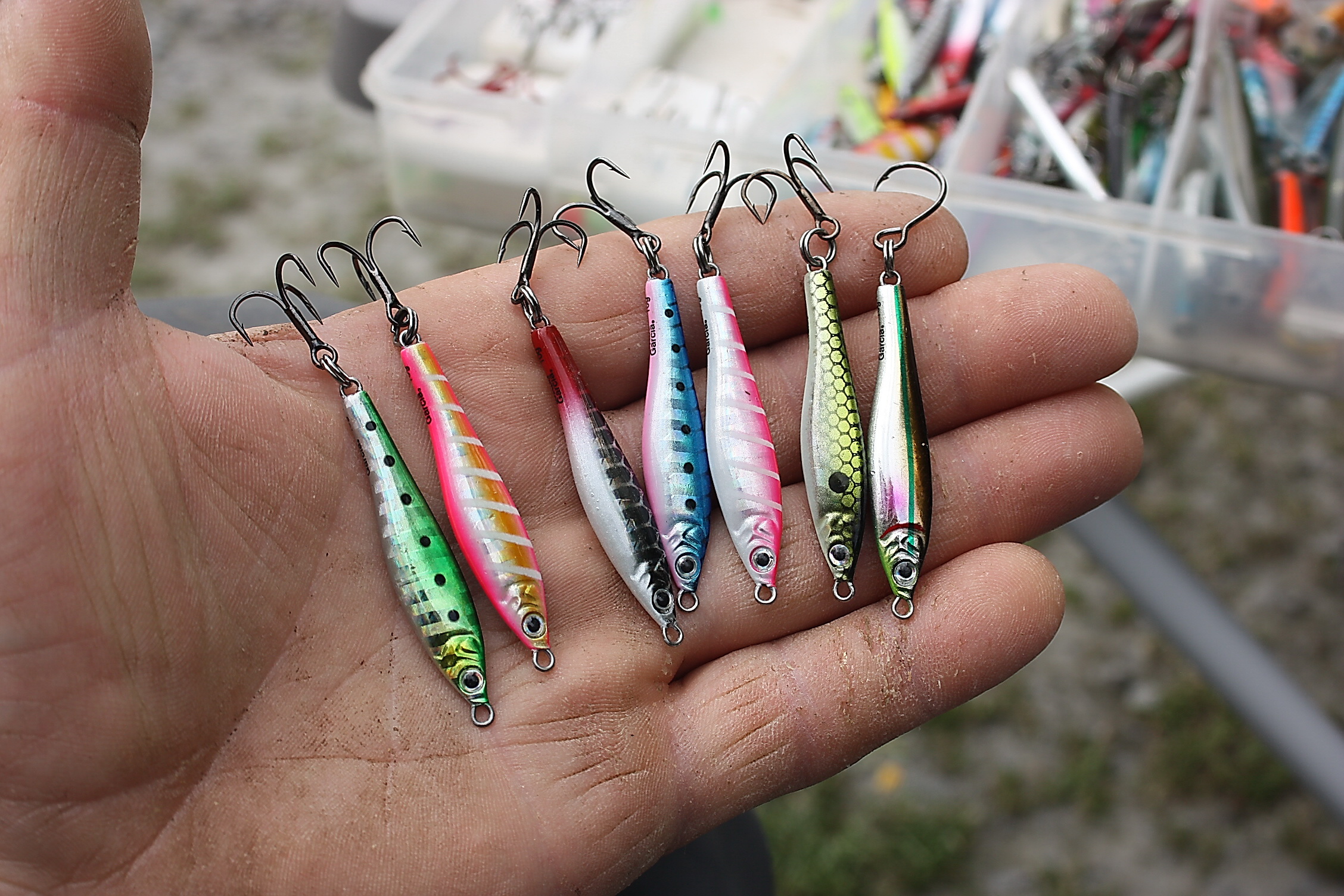
Abu "Fast Cast". New top lure for Shad
On one particular session, fishing with an angling mate, Mark Corps, we were experiencing plenty of “follows” but frustratingly no hits. Mark tried a more delicate presentation using fly-rod tactics and a Rainbow Trout fry imitation, and immediately hooked up. Most anglers know that Shad will take a fly, but it was nice to witness it first-hand.
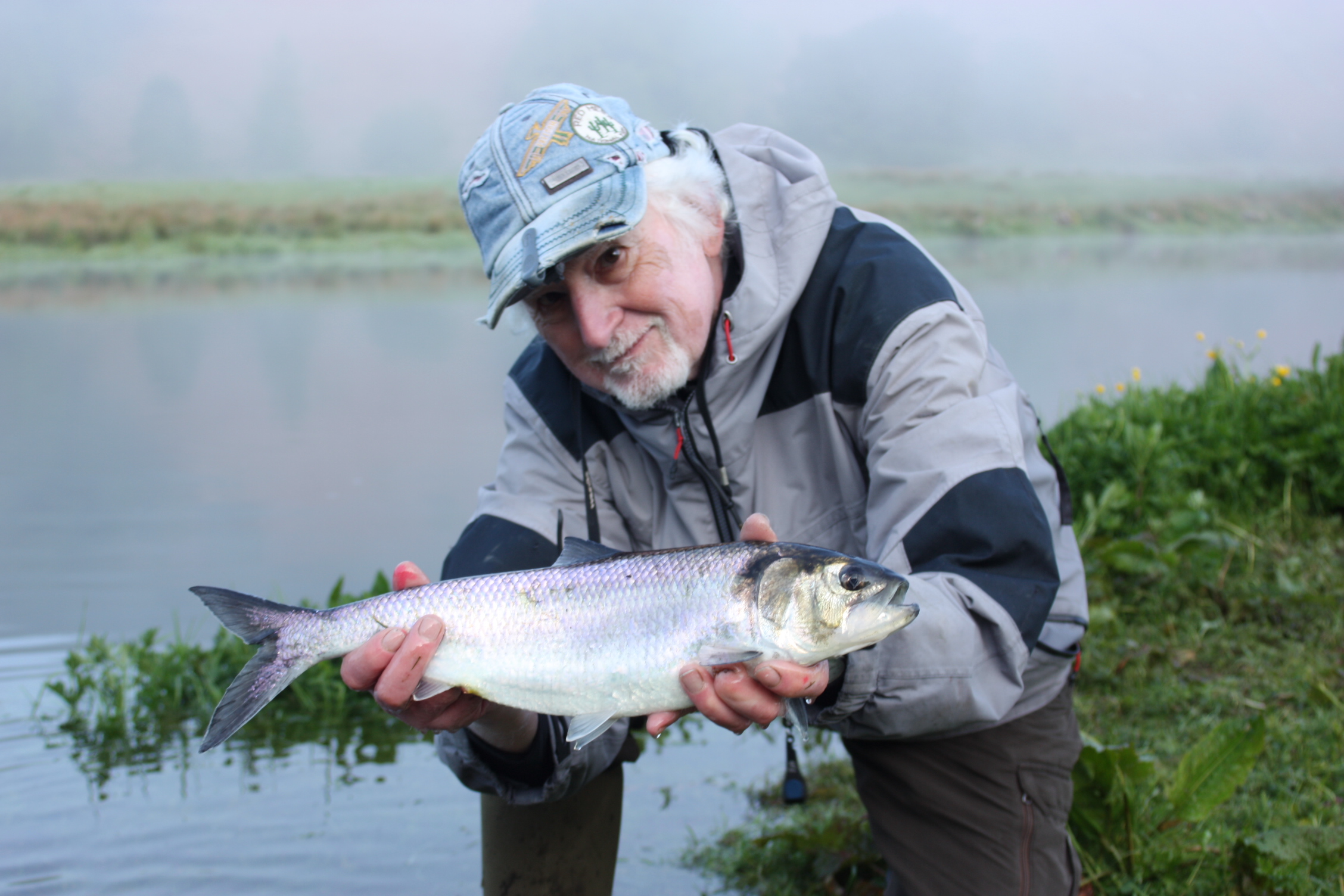
Methods
The standard approach when targeting this species is with a light spinning rod of 8-9 feet and balanced spinning reel loaded with 6-10lb braid. Attach a short length of fluorocarbon, slip on a “Tazzie” of choice, a coloured bead and a quality treble hook.
Cover the area in front of you over a flooding tide and you should manage to run into a few pods of fish as they make their way up-stream. Vary retrieval speeds and try altering the shape of the lure by slightly bending it to give different “wobbles” and actions on retrieve.
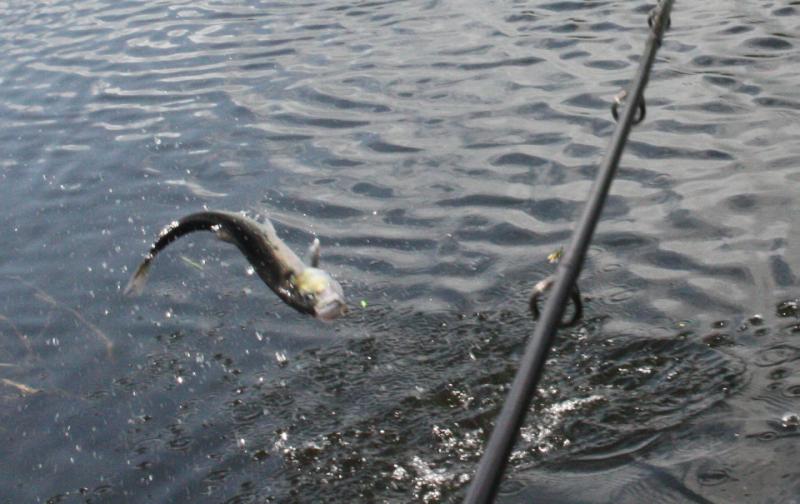
Keep the rod tip low, when Shad jump, they easily shake off the hooks!
Having captured a Shad, carefully un-hook and return it to the water as soon as possible. This species does not do well out of water, and suffers terribly from miss-handling or prolonged spells out of water. It is a delicate species and must be carefully returned, with its head facing upstream for maximum oxygen replenishment. Unfortunately, as with many of our species in this modern world, Shad are endangered. Treat them with care as there is a real danger that we may see the closure of these stretches during the Shad season.
Articles
http://www.angling-ireland.com/stmullins_county_carlow_ireland
http://www.angling-ireland.com/in_search_of_specimen_twaite_shad
http://www.angling-ireland.com/shad_fishing_in_ireland




